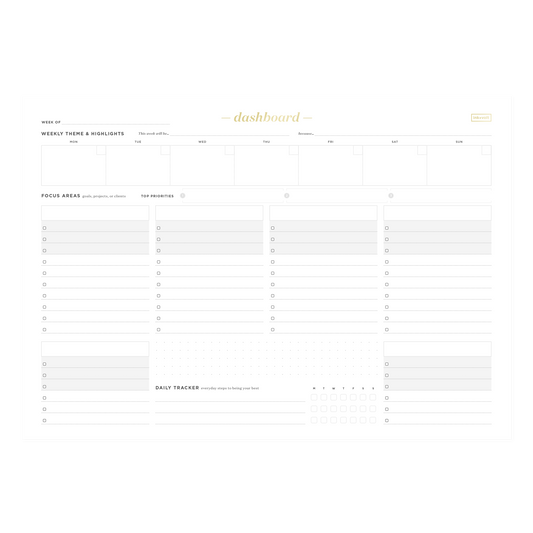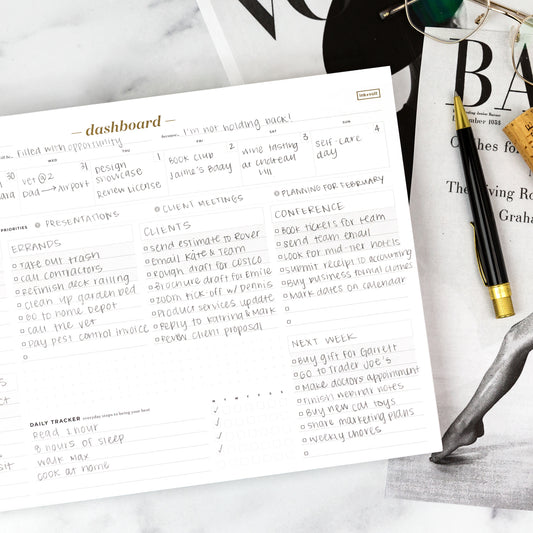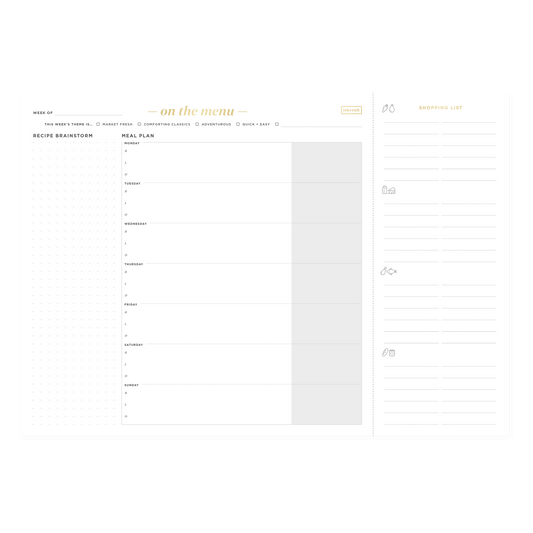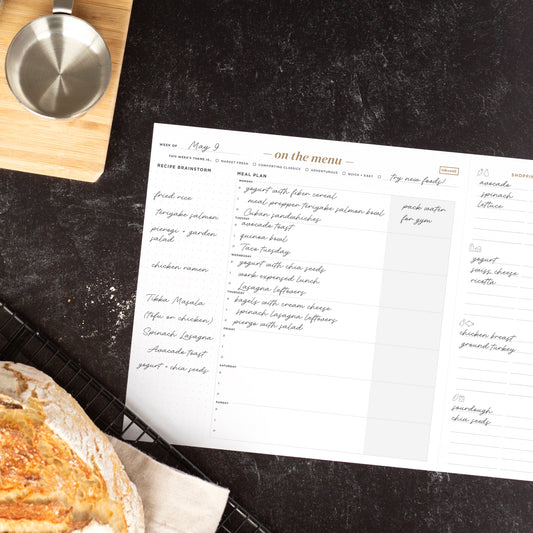Here we are, superstar! You made it to part four of our year-end planning series, which means you are on track for an amazing 2018 already.
We are finally at the step where most people *start* their planning. But if you skip ahead to this step — without taking the time for the careful planning and reflection you did in parts one, two, and three — then you are most likely going to set goals that don’t get accomplished.
Download Part 4 Worksheet Here
Setting goals is easy, but achieving them is hard.
The key to accomplishing your goals isn’t about productivity hacks or time management strategies — at least, not really. Accomplishing your goals starts with setting goals that you actually want to accomplish; it comes from setting goals that mean something to you, because they are leading you somewhere you want to go.
Then, your goals have to be based in reality. It’s exciting to set big goals like “I will start my own company in 2018”, but actually achieving that is something else. If you aren’t honest with yourself about what you have time, energy, and actual interest in doing, then you will never succeed at your goals, no matter how exciting they sound on paper.
Set your big goal and then work backwards
Instead of just thinking about what you want to do this year, start by thinking about where you want to be five years from now. Working backwards often makes it easier to see what needs to happen in the long-term, mid-term, and short-term, which makes goal-setting easier and more practical.
So, where do you want to be:
- In 5 years?
- In 1 year?
- In 1 month?
- In 1 week?
Create good habits and start small
When you’re setting your goals, think about the things that you will have to do in order to get there. For example, if your goal is to run a marathon, a big part of achieving that goal will be training. How will you develop the habit of running every day? How will you develop the habit of continually adding distance to your practice runs?
Think about what you’ll do on your best days, but also think about what you’ll do on your worst days. What will you do when the weather is bad outside? What will you do when your muscles are sore and you don’t feel like running?
Another way to think about this is how you can break your big goal into small steps. Think about the smallest possible commitments you can make, one at a time. When you commit to regular, consistent, bite-size progress, you cannot help but succeed.
You are developing good habits, and becoming someone who is taking the steps necessary to get where you want to go.
Every big goal is just a series of small steps.
Plan out your map for success
To make sure you know exactly how you‘ll achieve your goal (instead of just dreaming about how good it will feel once you’ve accomplished it), answer these questions:
- What steps will you take to achieve your goal? Remember to think as small as possible.
- How can you span your progress over a period of time?
- How will you hold yourself accountable?
Brainstorm how you will make progress on this goal all year long. Remember to think realistically — if you have family commitments, big work projects, and other factors that take up your time every day or every week — so that you don’t overcommit yourself and fail before you even get started.
Better to be realistic and make actual progress than to simply burn out.
Download Your Part 4 Worksheet Here!
We want you to achieve your biggest goals. I hope that this end-of-year series has helped you to make progress on those goals and feel like you can get everything you want.
Have questions about your goals or want advice? Email us at hello@inkandvolt.com or share your thoughts on our Facebook page!
Here’s to an amazing 2018!









